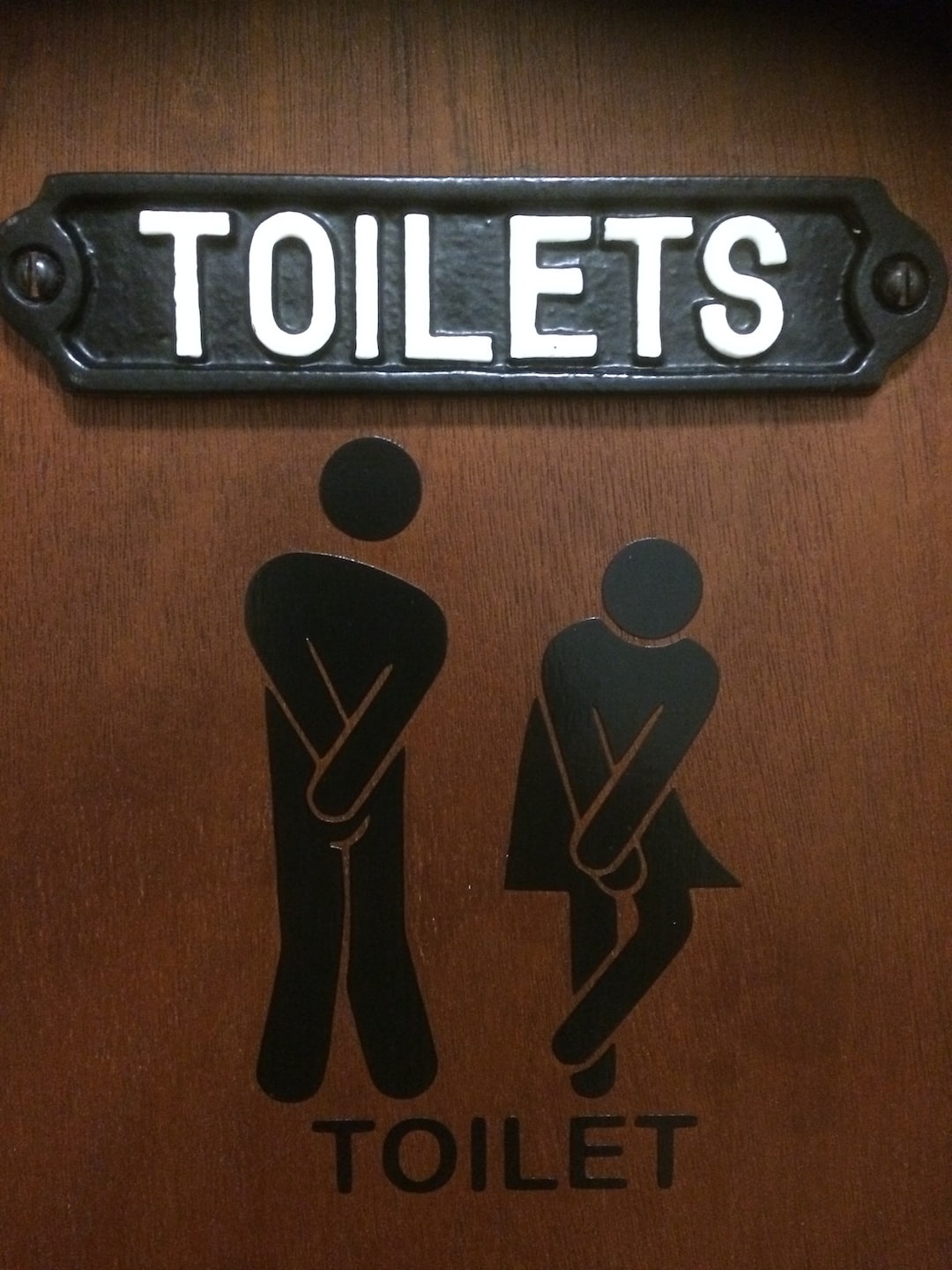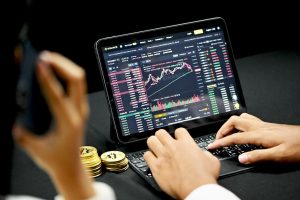Forex trading can be an exciting and potentially profitable endeavor, but it can also be risky, especially for those who are new to the market. If you’re starting out with a small amount of capital, such as $150, it’s important to approach forex trading with caution and a clear understanding of the risks involved. Here are some tips on how to trade forex with $150.
1. Choose a reputable broker
The first step in trading forex is to choose a reputable broker. A good broker should be regulated by a reputable regulatory authority, such as the Financial Conduct Authority (FCA) in the UK or the Commodity Futures Trading Commission (CFTC) in the US. They should also have a good track record of customer service and provide a user-friendly trading platform.
When choosing a broker, it’s important to consider the fees they charge, such as spreads and commissions. Some brokers offer low minimum deposits and low spreads, which can be beneficial for traders with small accounts.
2. Start with a demo account
Before risking real money, it’s a good idea to start with a demo account. Most brokers offer demo accounts that allow you to practice trading in a simulated environment. This can help you get a feel for the market and test your trading strategies without risking real money.
When using a demo account, it’s important to treat it as if it were real money. This means following your trading plan, using proper risk management, and keeping track of your trades.
3. Develop a trading plan
A trading plan is a set of guidelines that outlines your trading goals, strategies, and risk management rules. It’s important to have a trading plan in place before you start trading with real money.
Your trading plan should include your trading goals, such as the amount of profit you want to make each month, the markets you want to trade, and the timeframes you want to use. It should also include your trading strategies, such as the indicators you will use, the entry and exit rules, and the position sizing rules.
Additionally, your trading plan should include your risk management rules, such as the maximum amount you are willing to risk per trade and the maximum drawdown you are willing to tolerate.
4. Use proper risk management
Risk management is crucial in forex trading, especially when trading with a small account. One common rule of thumb is to risk no more than 1-2% of your account balance per trade. This means that if you have a $150 account, you should not risk more than $3 per trade.
To implement proper risk management, you should also use stop-loss orders to limit your losses if the market goes against you. A stop-loss order is an order to close a trade at a predetermined price level to limit your losses.
5. Focus on a few currency pairs
When starting out with forex trading, it’s best to focus on a few currency pairs rather than trying to trade all the markets at once. This allows you to become familiar with the behavior of the markets you are trading and develop a deeper understanding of their movements.
It’s also important to follow the news and events that affect the markets you are trading. This can help you anticipate market movements and make informed trading decisions.
6. Practice patience and discipline
Patience and discipline are key traits for successful forex trading. It’s important to wait for the right opportunities to present themselves and not to force trades out of boredom or greed.
It’s also important to stick to your trading plan and not deviate from your strategies or risk management rules. This can help you avoid impulsive trading decisions that can result in losses.
In conclusion, trading forex with a small account can be challenging, but it’s not impossible. By choosing a reputable broker, starting with a demo account, developing a trading plan, using proper risk management, focusing on a few currency pairs, and practicing patience and discipline, you can increase your chances of success. Remember to approach forex trading with caution and to never risk more than you can afford to lose.






